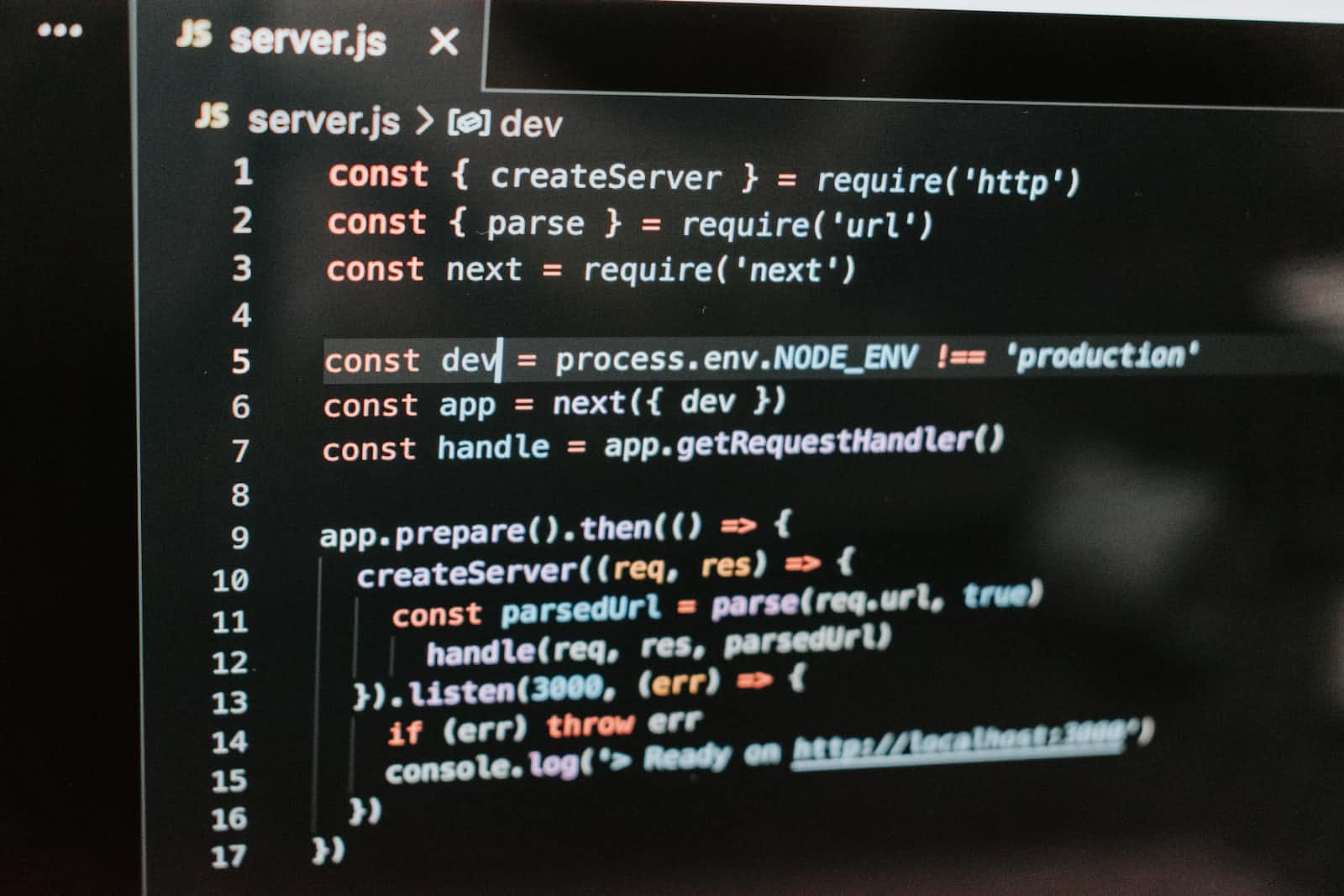How to setup Nx repository
 Udit Nimbalkar
Udit Nimbalkar
In this article, we will learn how to create an Nx repository for Next.js which contains two projects: User and Admin.
Nx is a powerful tool that allows developers to manage multiple projects within a single repository. Nx provides a set of features that makes it easier to develop, test, and deploy applications. By using Nx, we can easily create a repository that contains multiple projects, which can be managed independently.
To get started with Nx, we need to install the Nx CLI by running the following command:
npm install -g nx
Once the installation is complete, we can create a new Nx repository by running the following command:
nx create my-app
This command will create a new Nx repository with the name 'my-app'. Once the repository is created, we can navigate to the root directory of the repository and run the following command to add support for Next.js:
nx add @nrwl/next
This command will install the necessary dependencies and configure the repository to support Next.js.
Now, we can create two projects within our repository: User and Admin. To create a new project, we can run the following command:
nx generate @nrwl/next: app user
This command will create a new project with the name 'user'. Similarly, we can create another project with the name 'admin' by running the following command:
nx generate @nrwl/next: app admin
Now, we have two projects within our repository: User and Admin. We can run both projects using the following command:
nx run user:serve
This command will start the development server for the 'user' project. Similarly, we can run the 'admin' project by running the following command:
nx run admin: serve
Nx also provides a set of features that makes it easier to manage dependencies, run tests, and deploy applications. By using Nx, we can easily develop and deploy scalable web applications that provide a seamless user experience.
In conclusion, creating an Nx repository for Next.js which contains two projects, User and Admin, is quite simple. Nx provides a set of features that makes it easier to develop and deploy applications. By following the above steps, we can easily create a repository that contains multiple projects and manage them independently.
Subscribe to my newsletter
Read articles from Udit Nimbalkar directly inside your inbox. Subscribe to the newsletter, and don't miss out.
Written by
